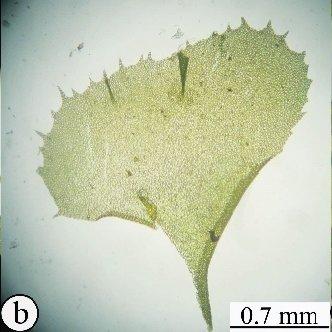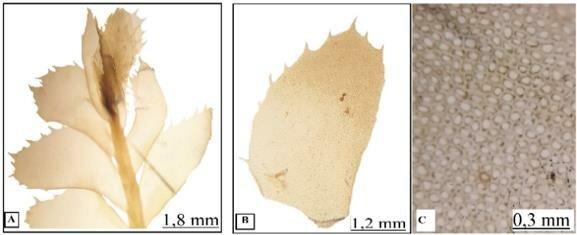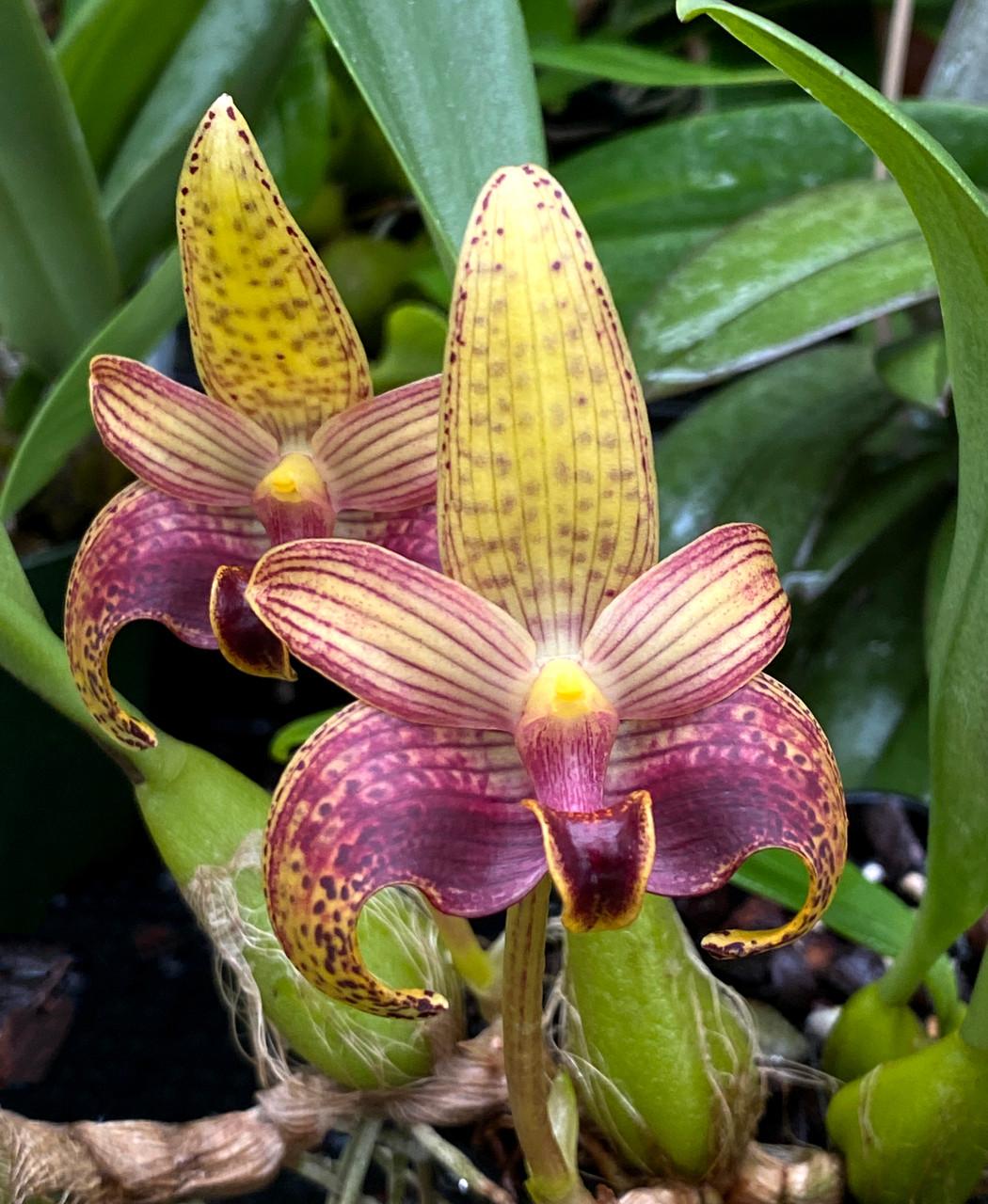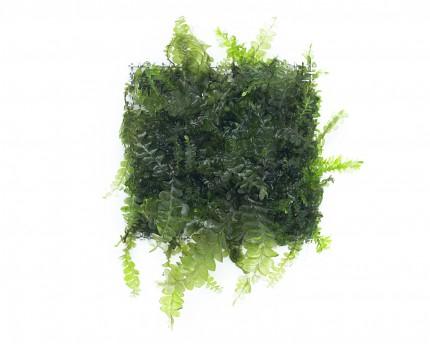
Plagiochila-sumatrana-a-Habit-b-Leaf-c-Leaf-cell_Q640.jpg from: https://www.researchgate.net/figure/Plagiochila-sumatrana-a-Habit-b-Leaf-c-Leaf-cell_fig3_337031290
Exploring the Fascinating World of Plagiochila sumatrana Schiffn. Moss
Introduction
Mosses are often overlooked, but they play crucial roles in ecosystems around the world. One particularly interesting species is Plagiochila sumatrana Schiffn., a moss in the Plagiochilaceae family. In this blog post, we’ll dive into the details of this fascinating plant.
Background
Plagiochila sumatrana Schiffn. is a species of leafy liverwort moss. It belongs to the Plagiochilaceae family in the order Jungermanniales and class Jungermanniopsida. The species epithet “sumatrana” refers to the Indonesian island of Sumatra where it was first discovered.
Morphology and Identification
P. sumatrana forms mats of prostrate or ascending shoots that are irregularly branched. The leaves are succubous (lying flat and overlapping like shingles), oblong to obovate in shape, and have toothed margins. The underleaves are absent. Rhizoids are scarce. The plant is yellowish-green to dark green in color.

Plagiochila-sumatrana-A-habit-B-lateral-leaf-C-Lateral-leaf-cells.jpg from: https://www.researchgate.net/figure/Plagiochila-sumatrana-A-habit-B-lateral-leaf-C-Lateral-leaf-cells_fig5_361346149

Bulbophyllum_sumatrana__94125.1681787247.jpg from: https://www.orchiddynasty.com/bulbophyllum-sumatrana-x-sib/
Key identification features:

Camroon_430x430.jpg from: https://www.garnelio.de/natureholic-moospad-plagiochila-integerrima-cameroon-moss-3-x-3cm
- Succubous, oblong to obovate leaves
- Toothed leaf margins
- Absence of underleaves
- Yellowish-green to dark green color
Global Distribution and Habitat
P. sumatrana is found in tropical and subtropical regions of Asia, including Indonesia, Malaysia, Philippines, and Papua New Guinea. It grows as an epiphyte on tree trunks and branches in moist, shaded habitats in lowland to montane rainforests. The species is found at elevations from sea level up to around 2,000 meters.
Ecological Roles and Adaptations
Like other mosses, P. sumatrana plays important roles in its forest habitats:
- Provides microhabitats for small invertebrates
- Helps regulate moisture and temperature
- Assists in nutrient cycling by trapping organic matter
- Serves as an indicator of air quality and environmental health
The species has adaptations for its epiphytic lifestyle and warm, humid environment:
- Leaves with toothed margins to efficiently capture water and nutrients
- Lack of underleaves to allow for better air circulation
- Rhizoids for attachment to bark substrates
- Tolerance of low light conditions in the forest understory
Conclusion
Plagiochila sumatrana Schiffn. is a prime example of the incredible diversity of mosses and the important yet often unnoticed roles they play in the world’s ecosystems. Next time you’re in a tropical forest, take a closer look and see if you can spot this intriguing little plant! What other moss species have you encountered on your adventures?